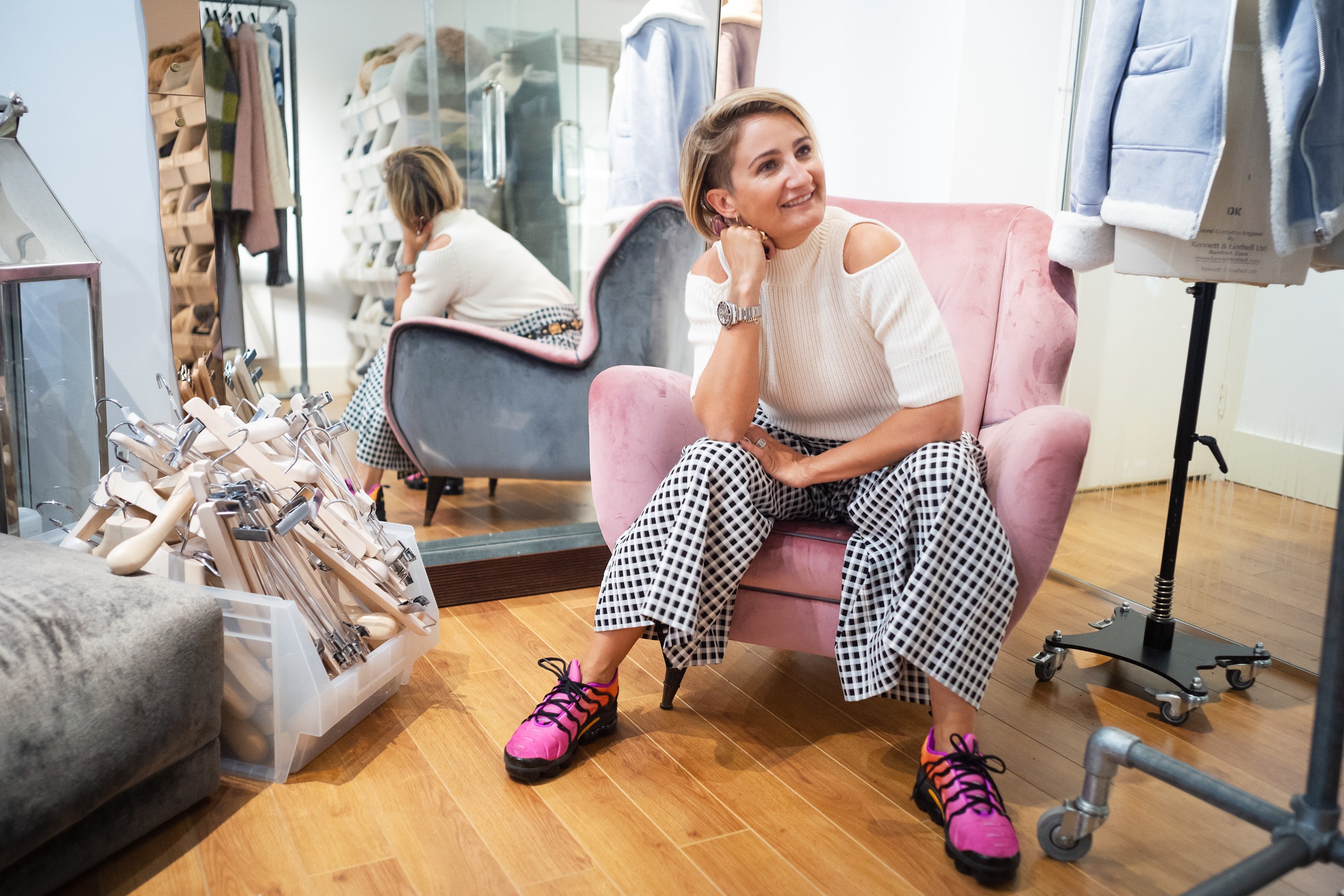One of the greatest challenges facing luxury retail today is adapting to an e-commerce model. And that was before the coronavirus hit. Now, most of fashion’s establishments are racing against the clock to develop innovative strategies to attract online shoppers as consumer behaviour shifts and further contraction and store closures appear inevitable. Yet, in the midst of all this change and uncertainty, opportunities for a new retail landscape await, if brands have the agility, and the stomach for it. Irish fashion designer Zoë Jordan is somewhat ahead of the curve. She made the decision to restructure late last year and,…
Cancel at any time. Are you already a member? Log in here.
Want to read the full story?
Unlock this article – and everything else on The Currency – with an annual membership and receive a free Samsonite Upscape suitcase, retailing at €235, delivered to your door.

